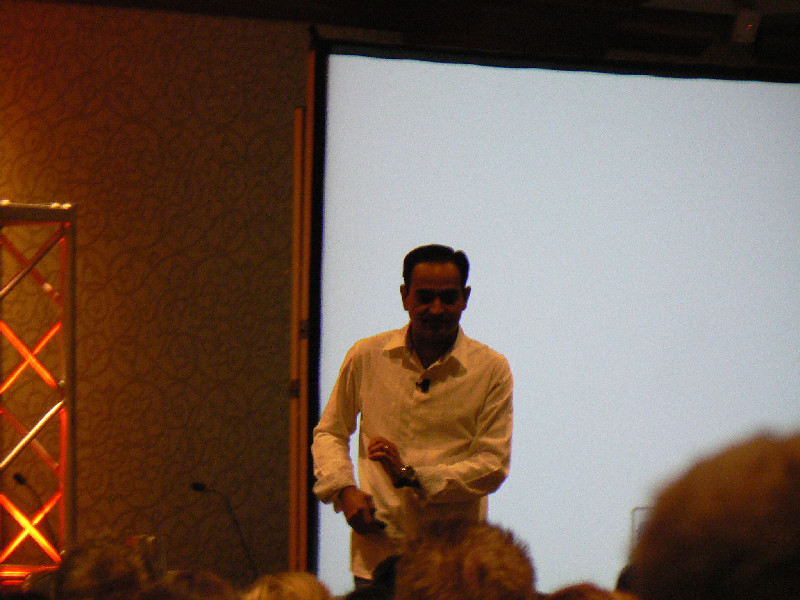You see old friend I brought more soldiers than you did
— King Leonidas, as played by Gerrard Butler, in the movie "300"
In the movie 300, the warrior-leader of Sparta, King Leonidas, responded confidently when he was asked why he had so few soldiers to potentially fight against the Persians. His character knew that motivations, not physical numbers, is at the heart of making a difference.
The same can be said about quoting vanity metrics - numbers of on site visits or consumptions rather than noting engagement - conversions or describing the audience that responding to the metrics.
To be as wise as King Leonidas in your digital strategy, you should look for audience-related metrics - metrics that can help describe or start a deeper discussion of activity that happens because of Internet of Things (IoT) devices that are involved in a campaign.
First a quick definition of vanity metrics and audience metrics:
Vanity metrics were acceptable at the beginning, where companies were first trying to build audiences for their websites. Today the internet is being expanding the
Customer experience is starting to drive digital marketers away from an overreliance on "vanity metrics", such as likes and views, and instead measure the effect of planned campaigns on business results.
Vanity metrics were, and always are, a tempting place to start with analytics. After all, if one is launching an app or website, the question of app installs or website visits is sure to come up.
In many ways vanity metrics plays into the psyche behind the often quoted phrase "business growth". When one hears that phrase, they are thinking increases in volume as good, as an objective.
But the number of your visitors, subscribers, and followers are often meaningless when compared to IoT devices. IoT devices require some context of usage to help marketers understand if the metrics associated with the devices are useful to a given objective.
Ian Thomas, Principal Group Program Manager, Customer Data & Analytics at Microsoft stated at the Customer Analytics Summit that Computing has become "more personal - it’s not sufficient to think of things as device centric; we have to focus on the user.”
So how do you know you are tracking the right metrics - and what should you do to gain deeper insights?
To figure out which metrics you should be tracking,consider the “So what?” technique, first advocated by analytics luminary Avinash Kaushik. Avinash Kaushik had a great decision loop that he would apply, called "3 levels of so what?” Asking “so what?” with each examination of a metric demonstrates if a reported metric is relevant to a decision. It was meant to form answers that would highlight how well metrics fit in a scenario.
To use this process, use the following
In this instance you are asking the so what question to get to the key essential of why a metric change (increase in visits) is important to you (interested in sales from a region). If you can specify to your objective, then stop you've done your job. If not, ask another so what. The repetition should reveal how unrelated the metric is to your objective. Your action should be to reconsider if that metric is truly influential.

Avinash Kaushik speaks about attribution at SES New York 2012
Another great version of questioning rules comes from business intelligence and analytics professional Meta Brown. She highlights three questions that can also reveal how important or irrelevant a metric is. You can read about it more at her post for Smart Data Collective.
Remember, metrics alone can reveal what data has occurred, but cannot fully explain what happened - you need a context that relates what occurred to your purpose for the site or app. Seeking that context will avoid the metrics from being only vanity metrics and connect your business to the audience.